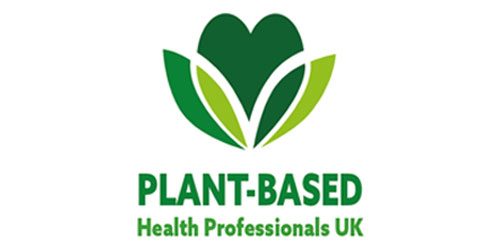Bug farm
The Bug Farm
Theme: Food-based & Nature-based projects
Company/charity name: The Bug Farm
Where: St Davids, Pembrokeshire
When: Fri 21 July 2023
Why this project is important
If you’re in the countryside, stop and have a look around. We are surrounded by green – and what until recently, I called ‘nature’. Yet, the iconic British rolling hills are actually part of our intensive farming practices and typically only comprise a very small handful of different grasses.
This monoculture is starving species and significantly impacting the biodiversity of our land.
With less than half our natural biodiversity left, Britain is one of the most nature-depleted countries in the world. We are extremely close to (if not already beneath) the “safe point”, which might rigger an “ecological recession”.
In this scenario ecosystems lose resilience, triggering crop failures and infestations that could cause shortages of food, energy and materials.
Humans are on the top of this food pyramid and holding up the bottom of this delicate ‘house of cards’ are our bugs and insects. While often overlooked, invertebrates play a crucial role in today’s society. They serve as a guiding force behind modern technology and a source of inspiration for various forms of art. Moreover, they greatly contribute to the well-being of our gardens. However, their most significant role lies in being the bedrock of the planet’s food chains. Bugs are indispensable to agriculture, and a major aspect of our mission is to promote “sustainable agriculture” — ensuring sufficient food production to support a growing population while also preserving wildlife.
What IS THE BUG FARM?
The 100-acre farm is managed following results from extensive research, putting science into practice. Sarah and the Bug team are passionate about farming our food alongside wildlife and being part of Glastir Advanced agri-environment scheme enables them to viably link their farming with conservation.
They work with Torth y Tir community-supported bakery who grow heritage varieties of wheat across the farm, with strips of wildflowers and wild bird seed mixes blooming next to the crops. The wheat is milled, made into bread by Torth y Tir and is often served in Grub Kitchen. We sow nitrogen-fixing green manures and cover crops under the wheat, which have the added benefits of smothering weeds, providing resources for pollinators and improving the structure and fertility of the soil.
They also have cattle that graze the arable fields when they are not growing crops to give the fields a break from production. Their dung is broken down by dung beetles and other dung fauna, fertilising the soils without the need for chemical fertilisers. We try to keep the cattle out year-round by planting crops that they can graze in the winter and we supplement their feed in the winter with the wildflower meadow hay.
The farm plants up to 100 m of native hedgerow trees each year and have, to date, dug ten ponds across the farm to encourage more wildlife to visit the area. The farm is now acting as a busy wildlife corridor between the Dowrog Common and the St Davids Airfield Heaths, two wonderful Sites of Special Scientific Interest that meet the northwest and south east borders of the farm. For their work joining these two habitats, they were awarded the 2015 Plantlife International Meadow Maker of the Year award for Wales and the road between the farm and the Dowrog Common has now been made an official ‘toad crossing’ site!
What can i do to get involved
We need to get curious about our bugs, and create habitats for them to survive and thrive. We may not live on a farm, but even a corner of our garden, a well placed plant pot or converting a bit of grass near our home to a wild flower and bug sanctuary all helps our insect population.
Visit The Bug Farm website & learn more
Rewild a corner of land/garden
Farmers get paid to rewild land
Read the report on UK’ biodiversity
Project Sponsors & Supporters





